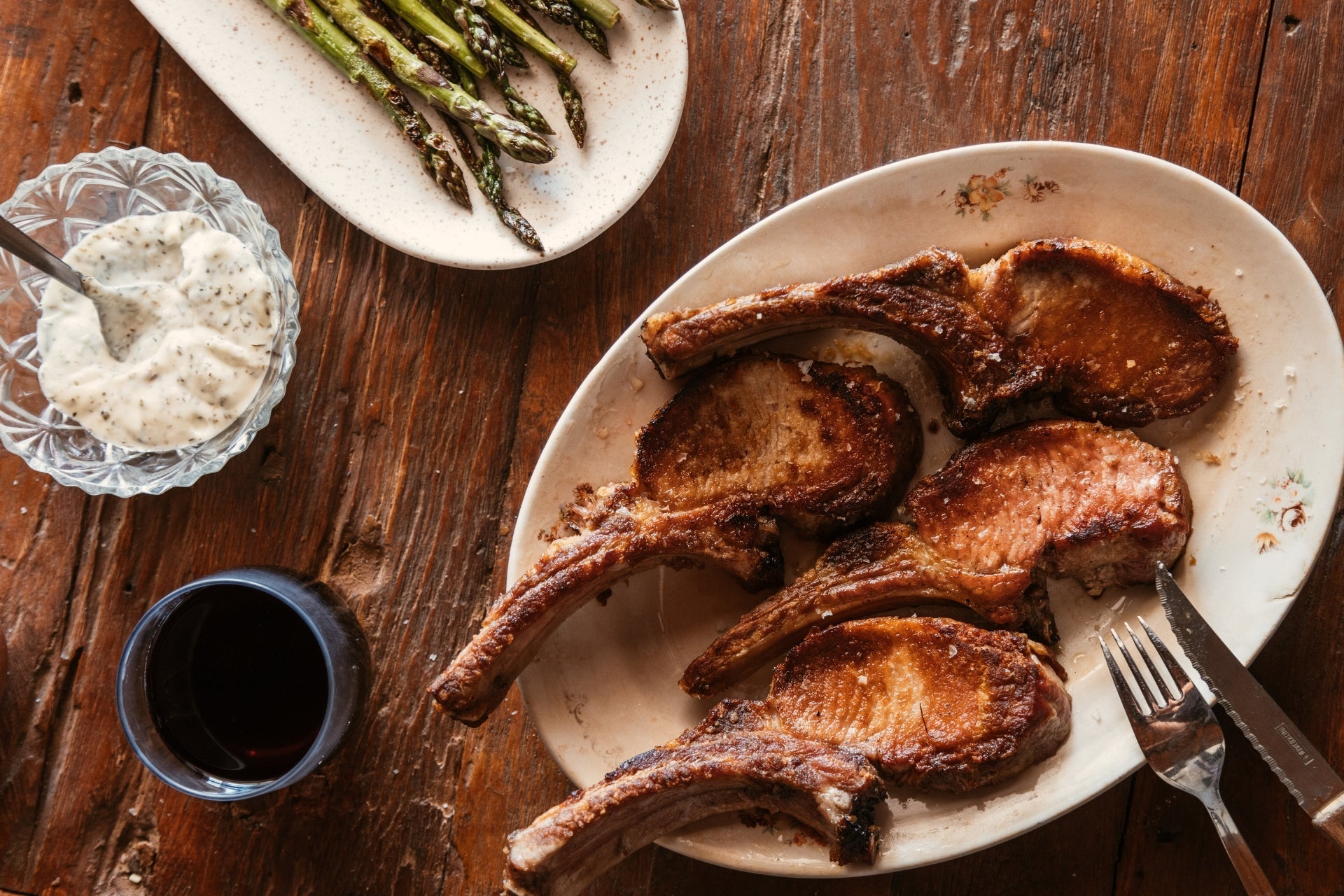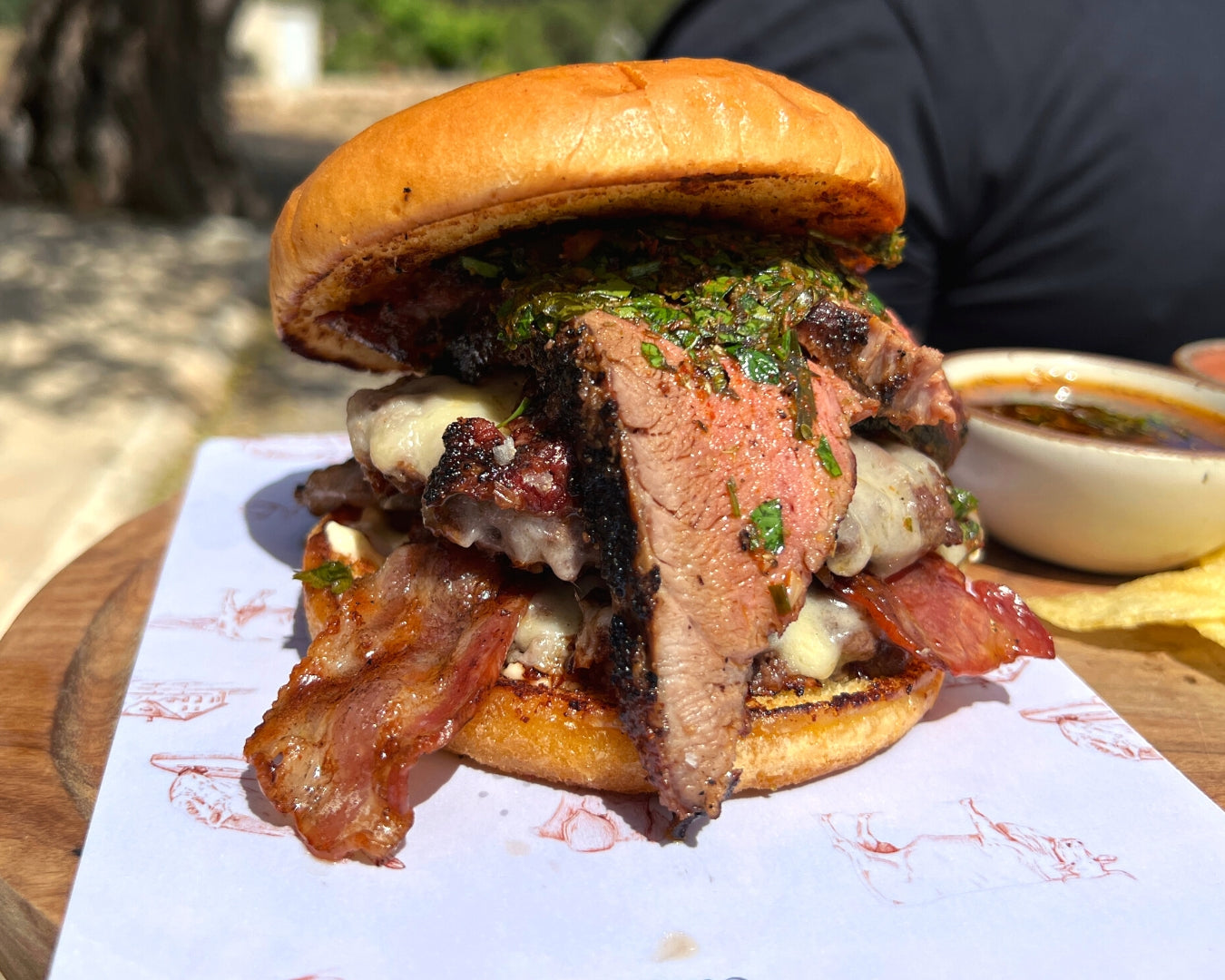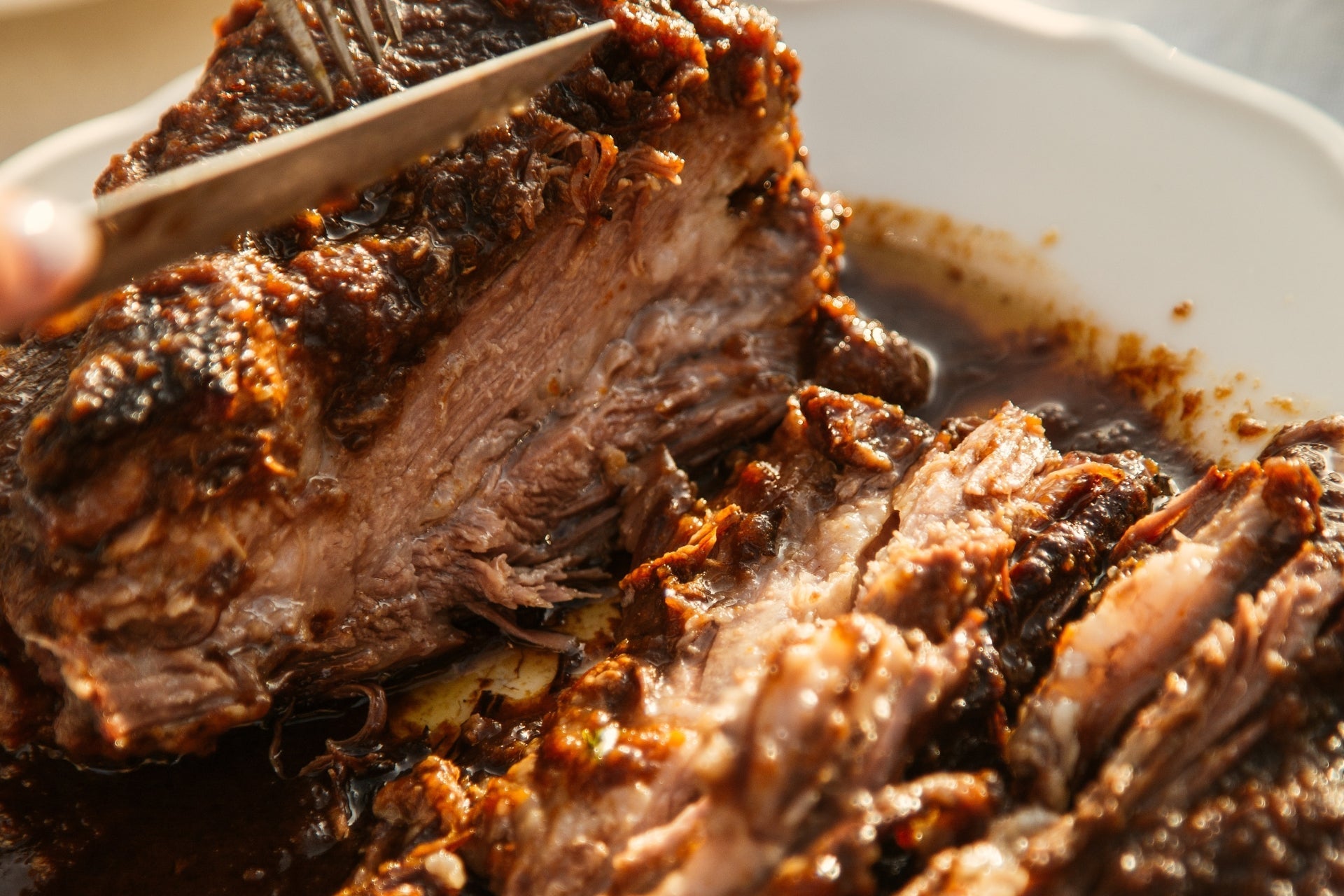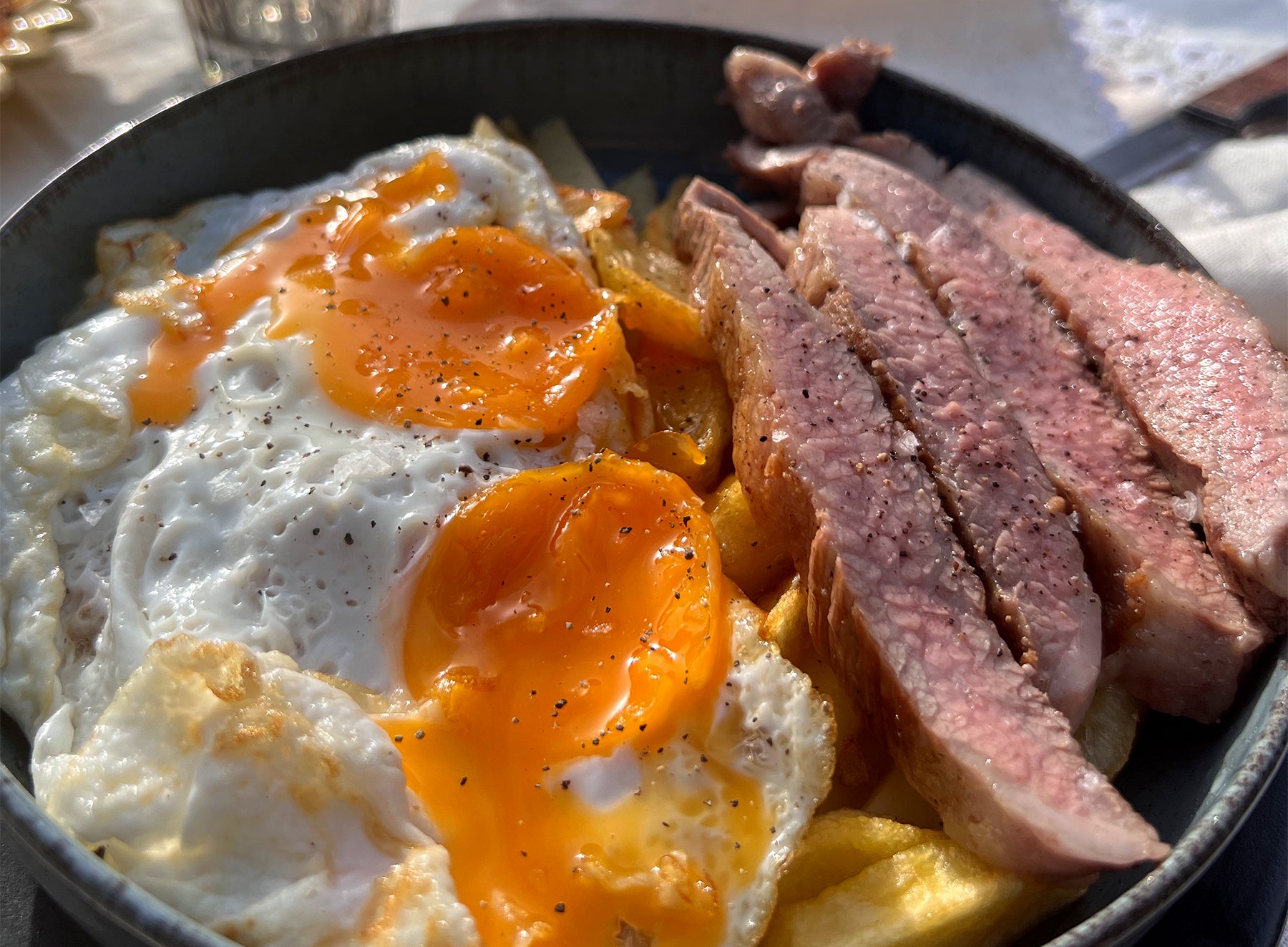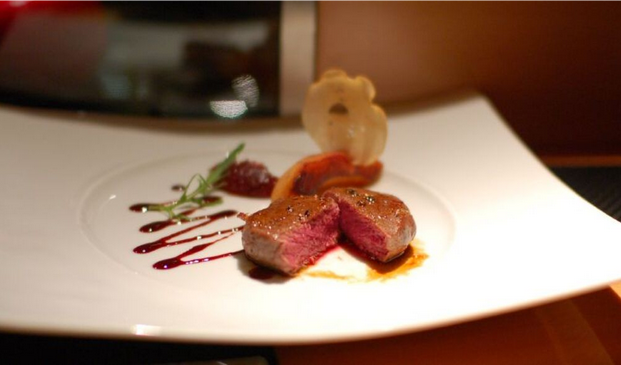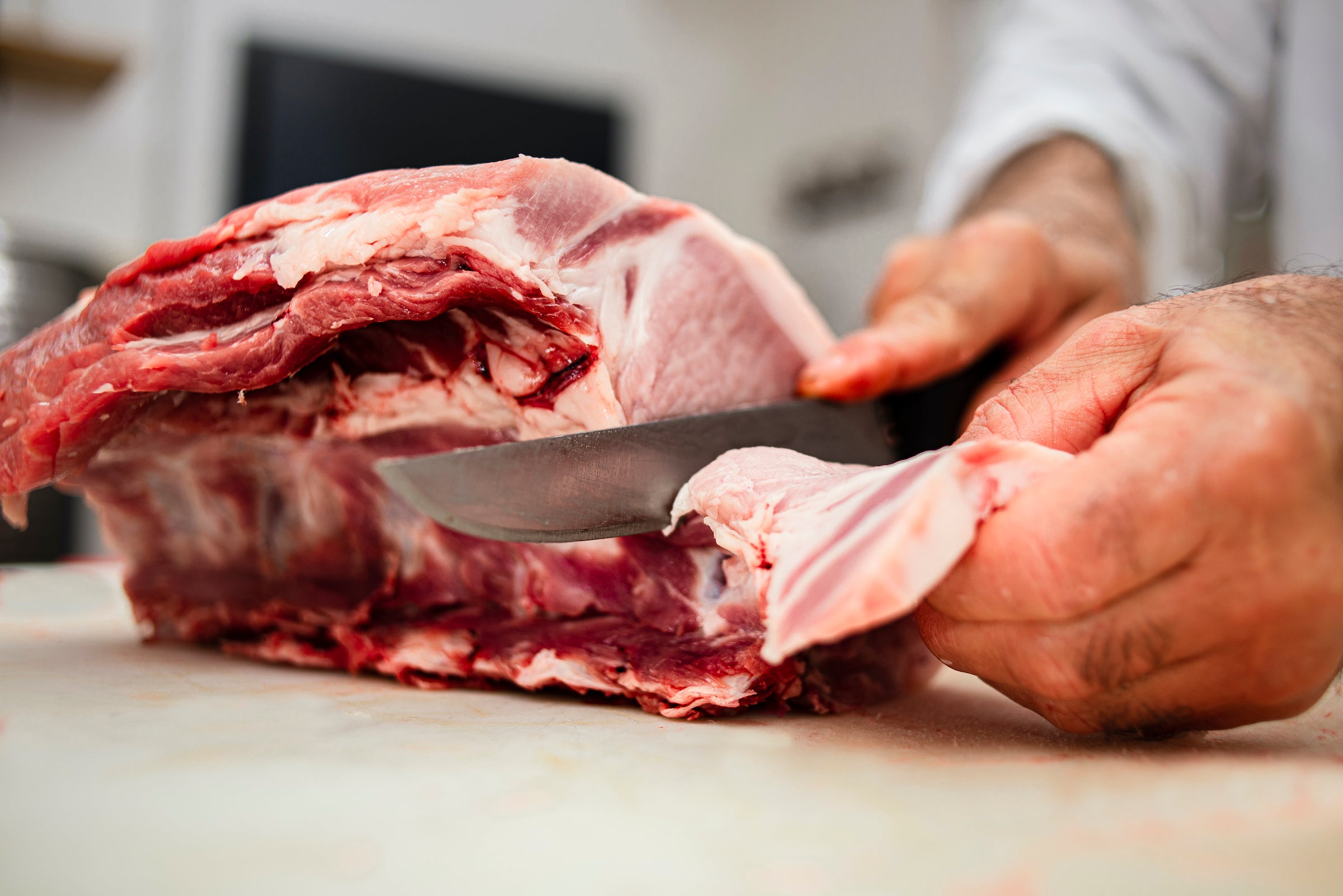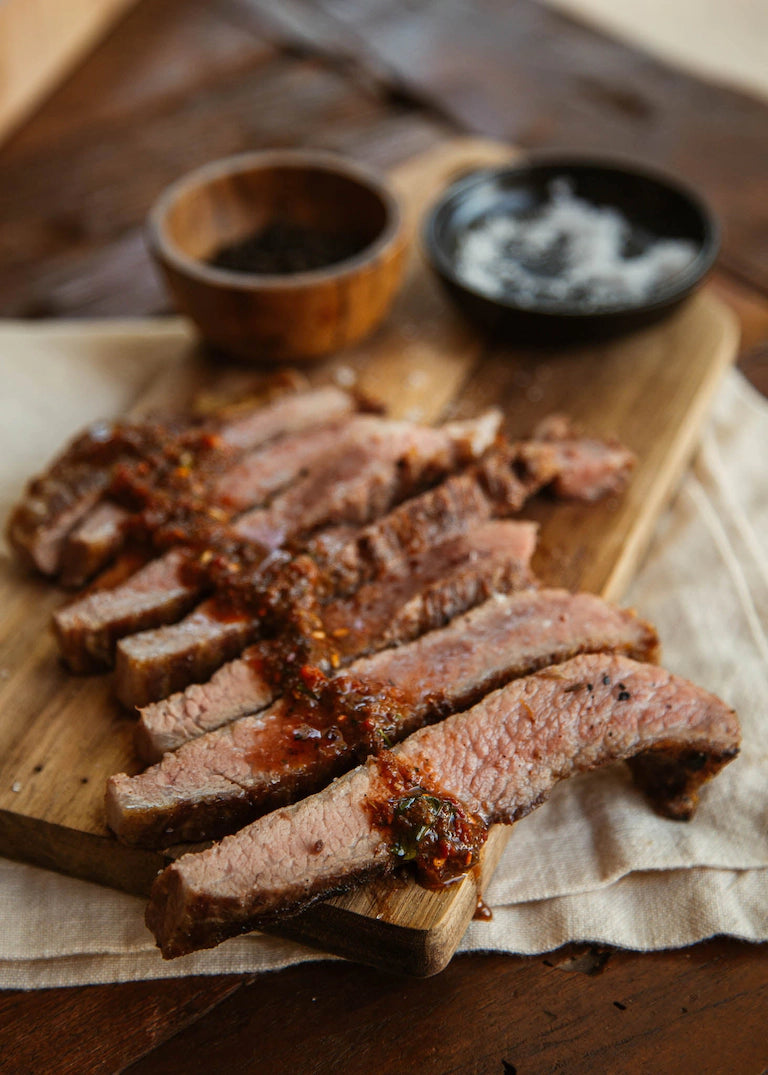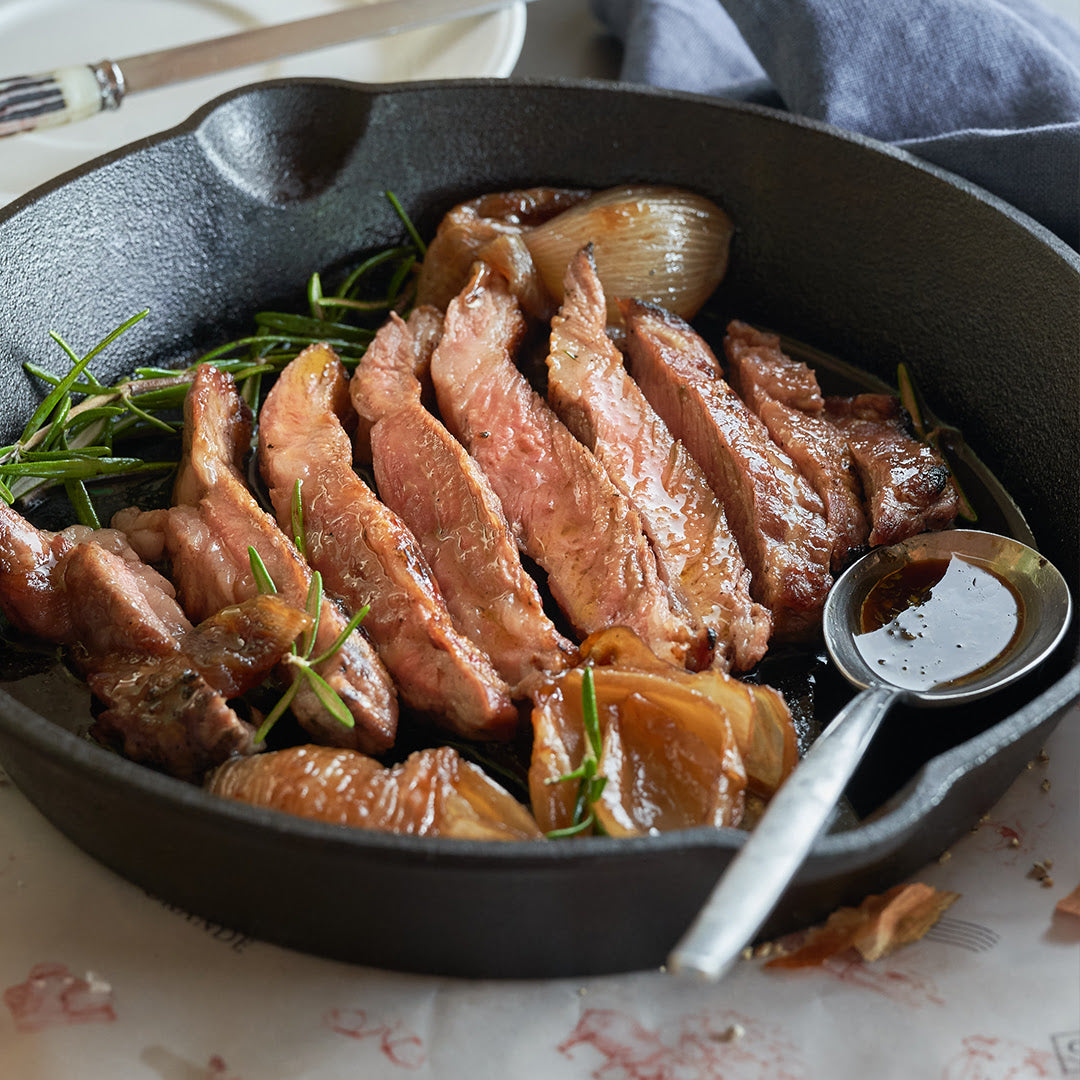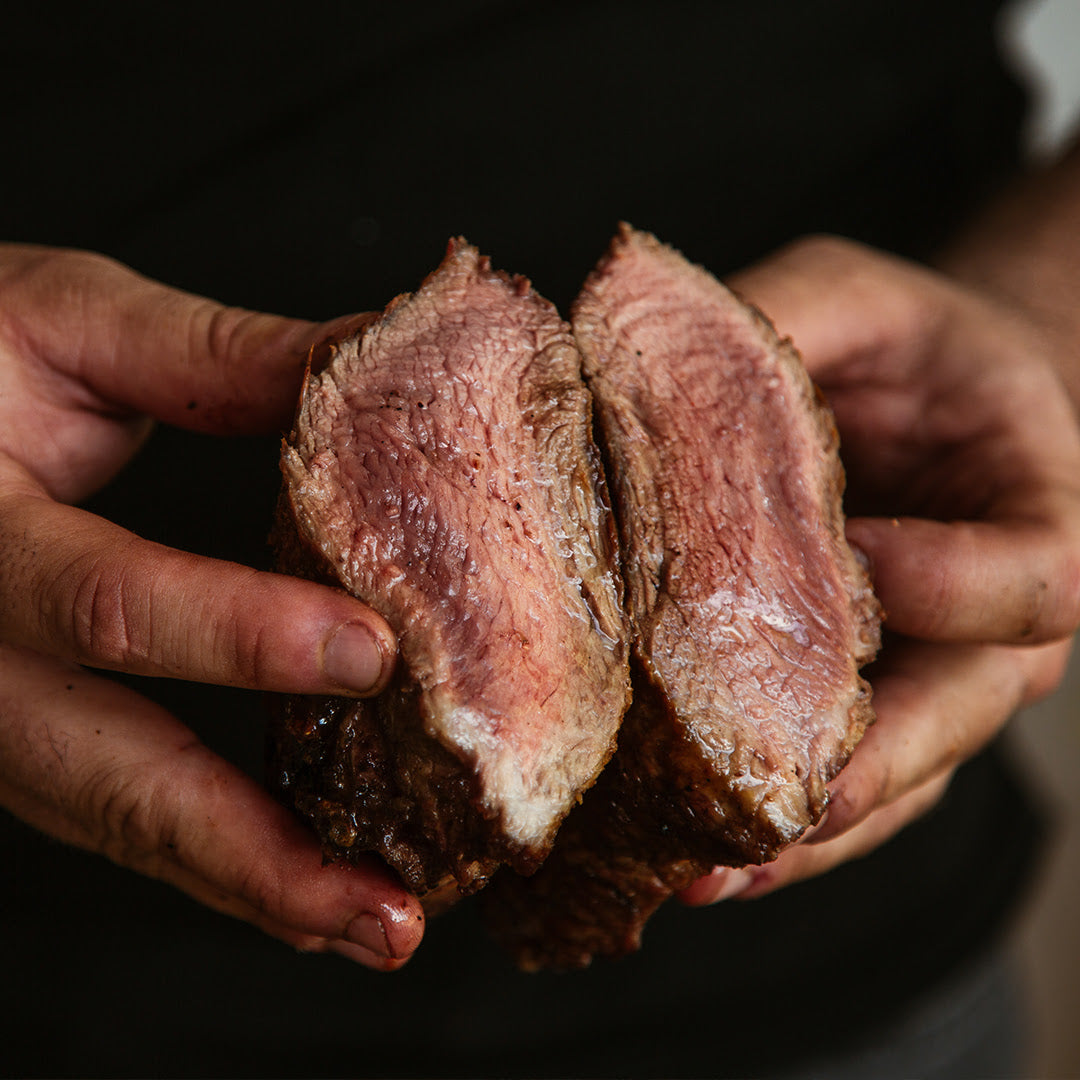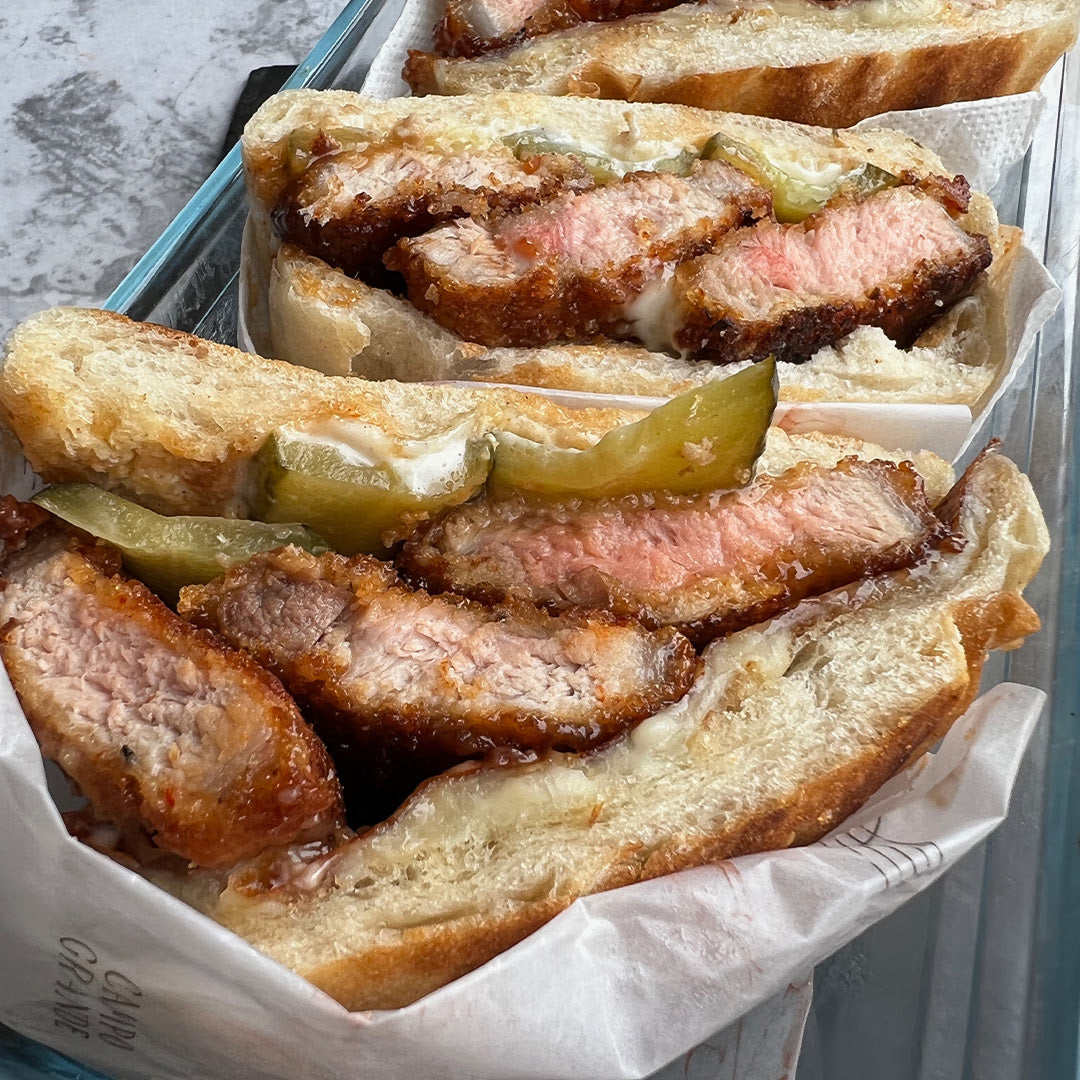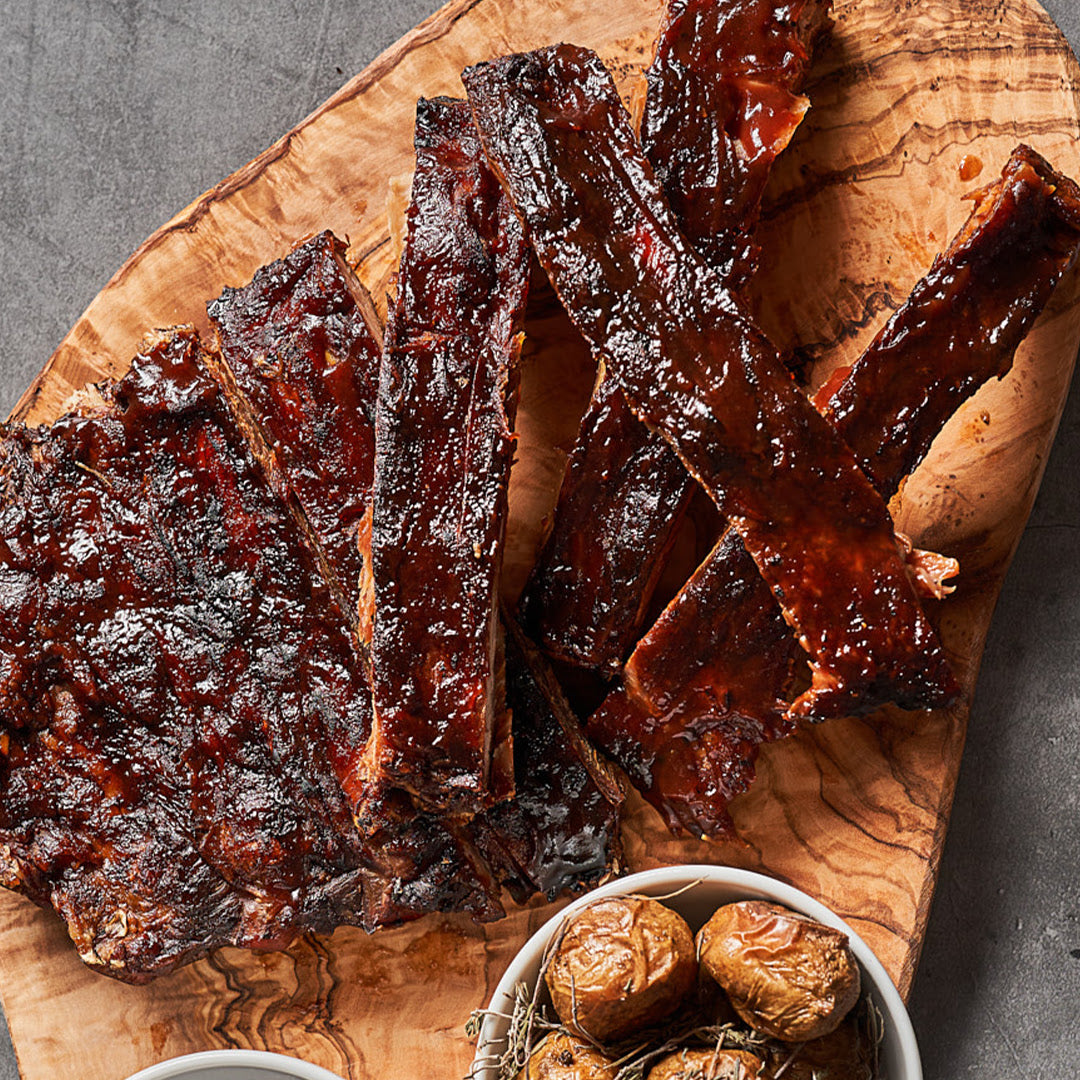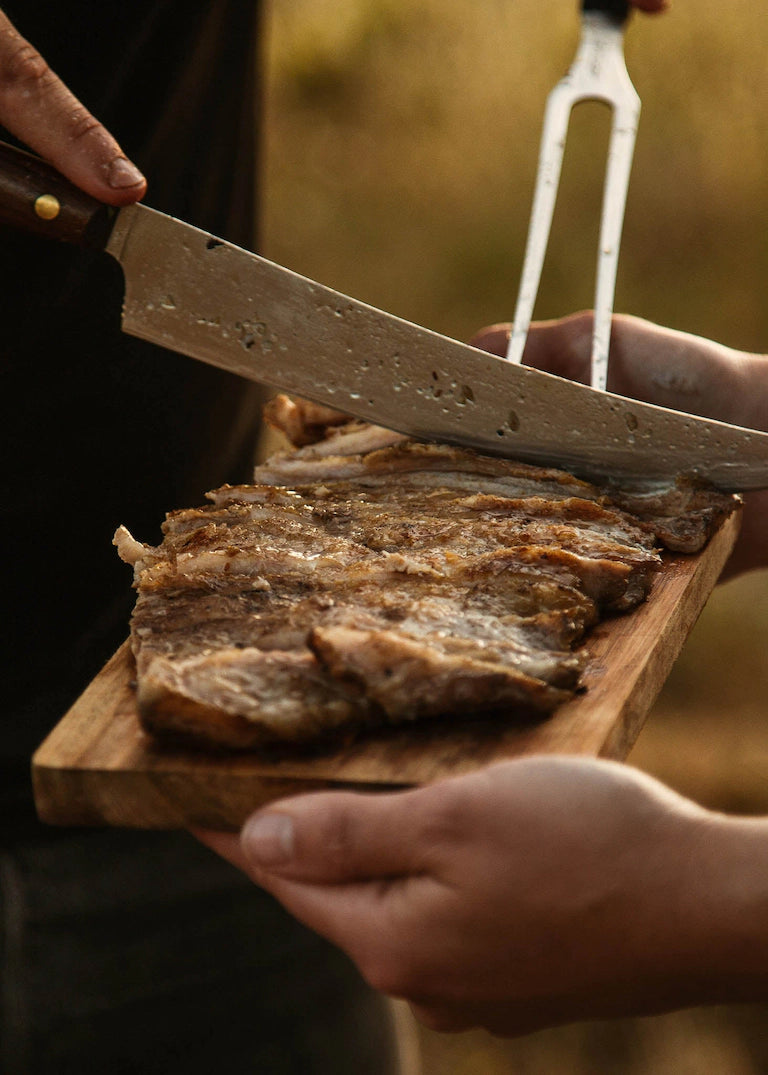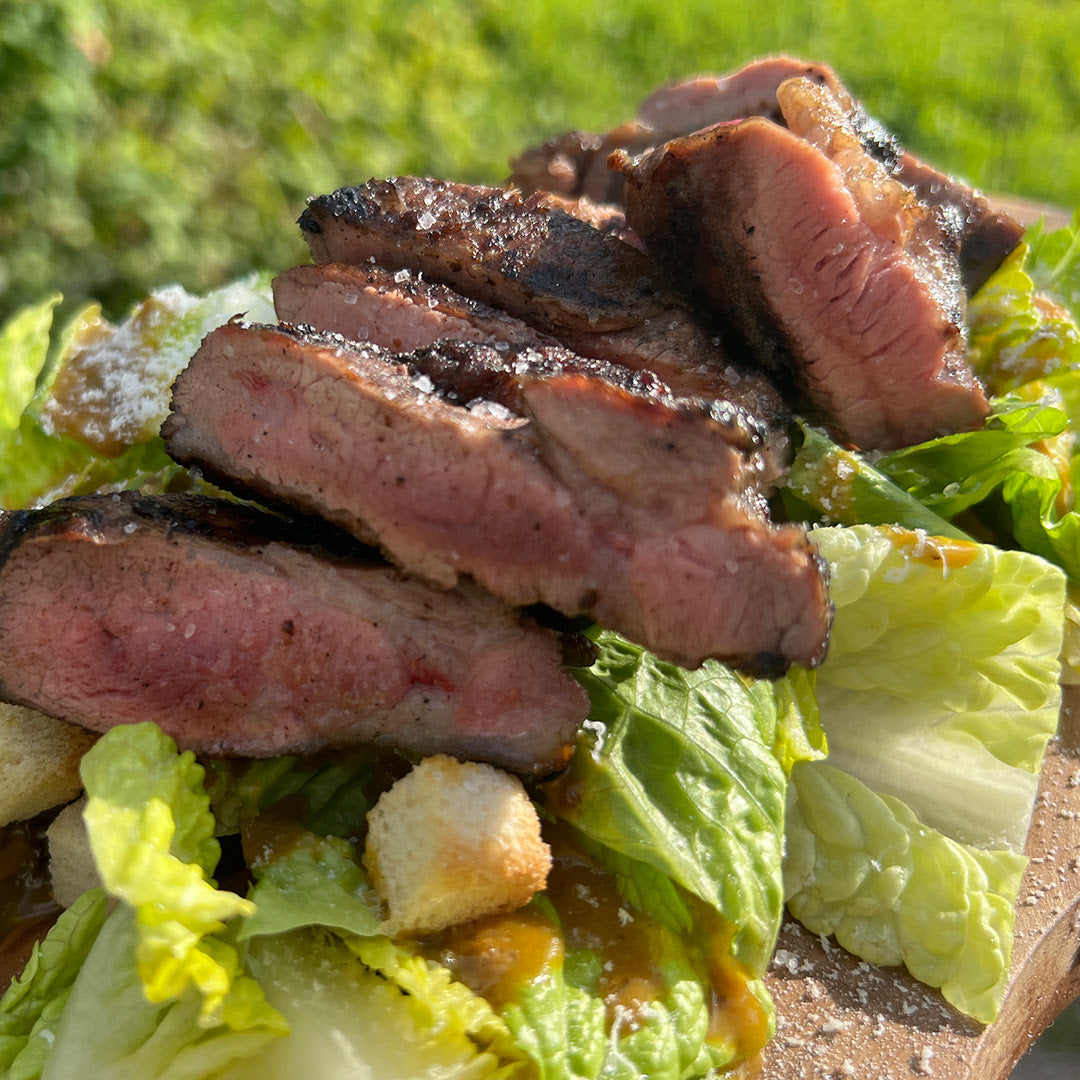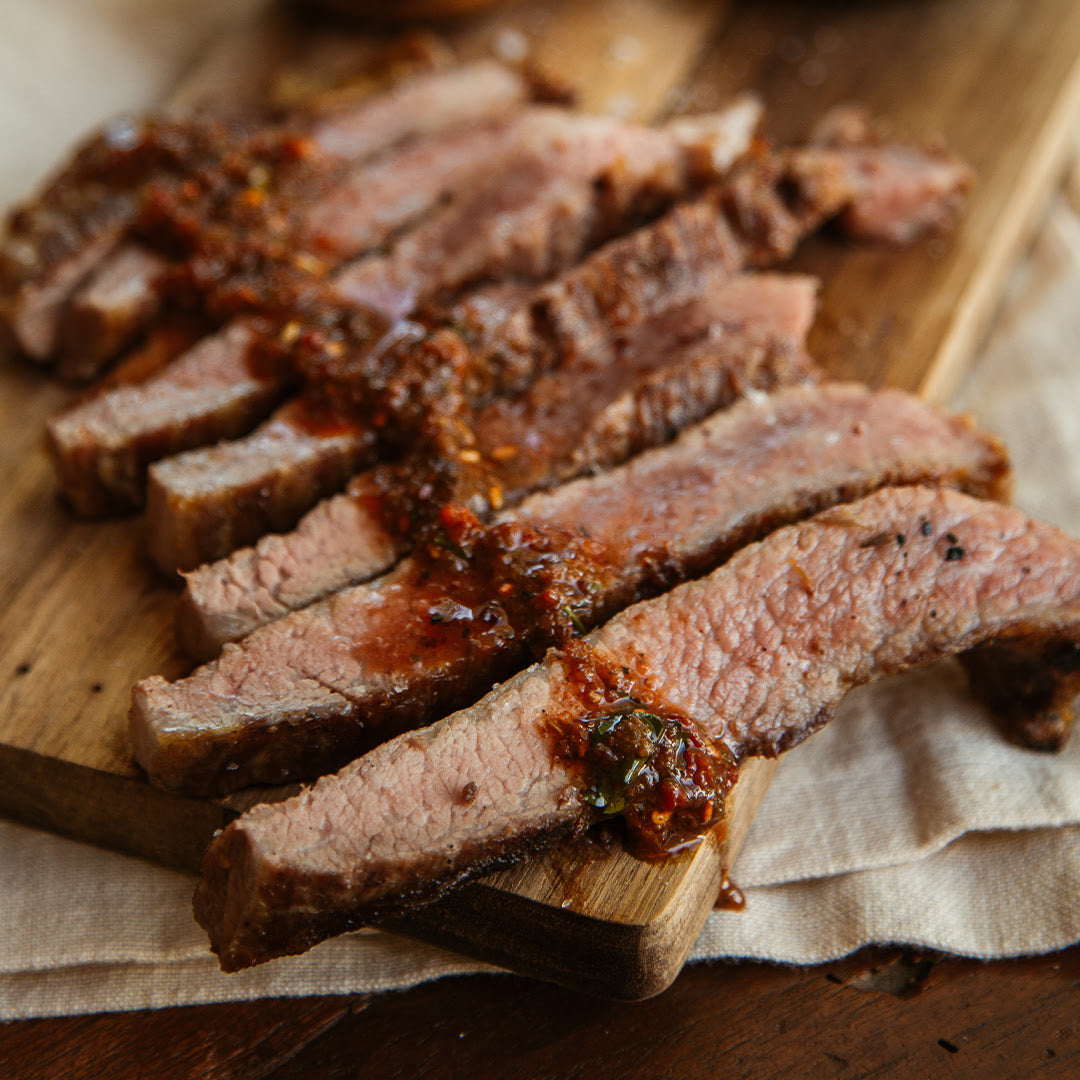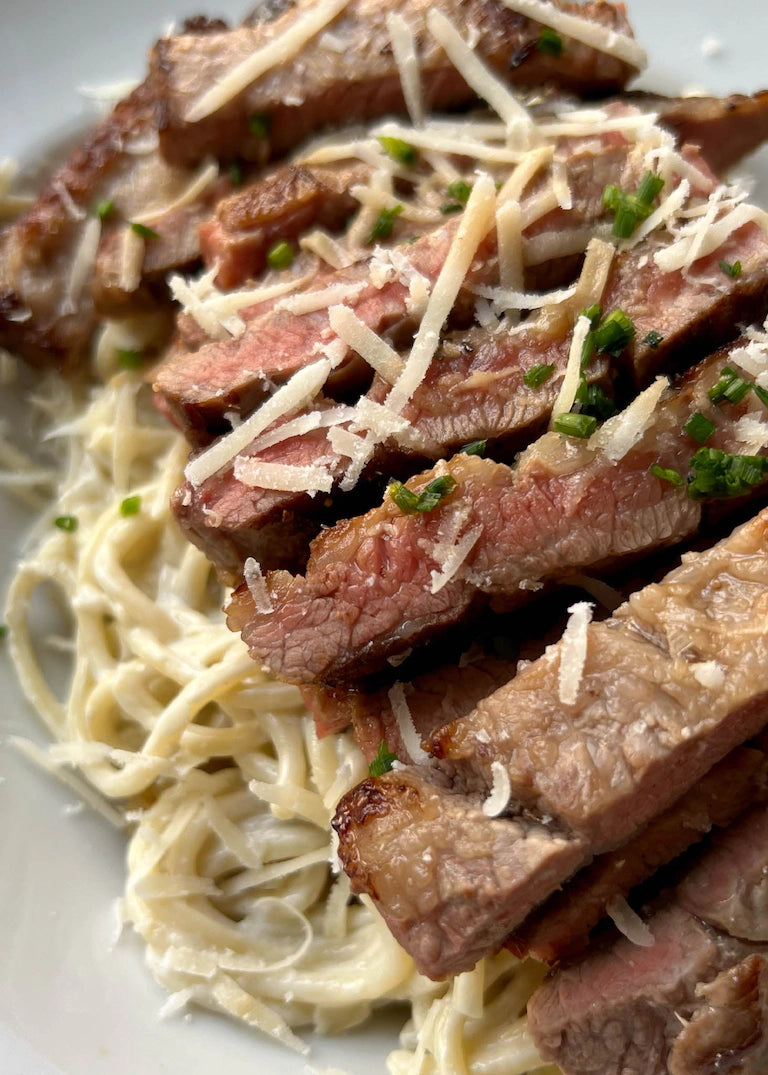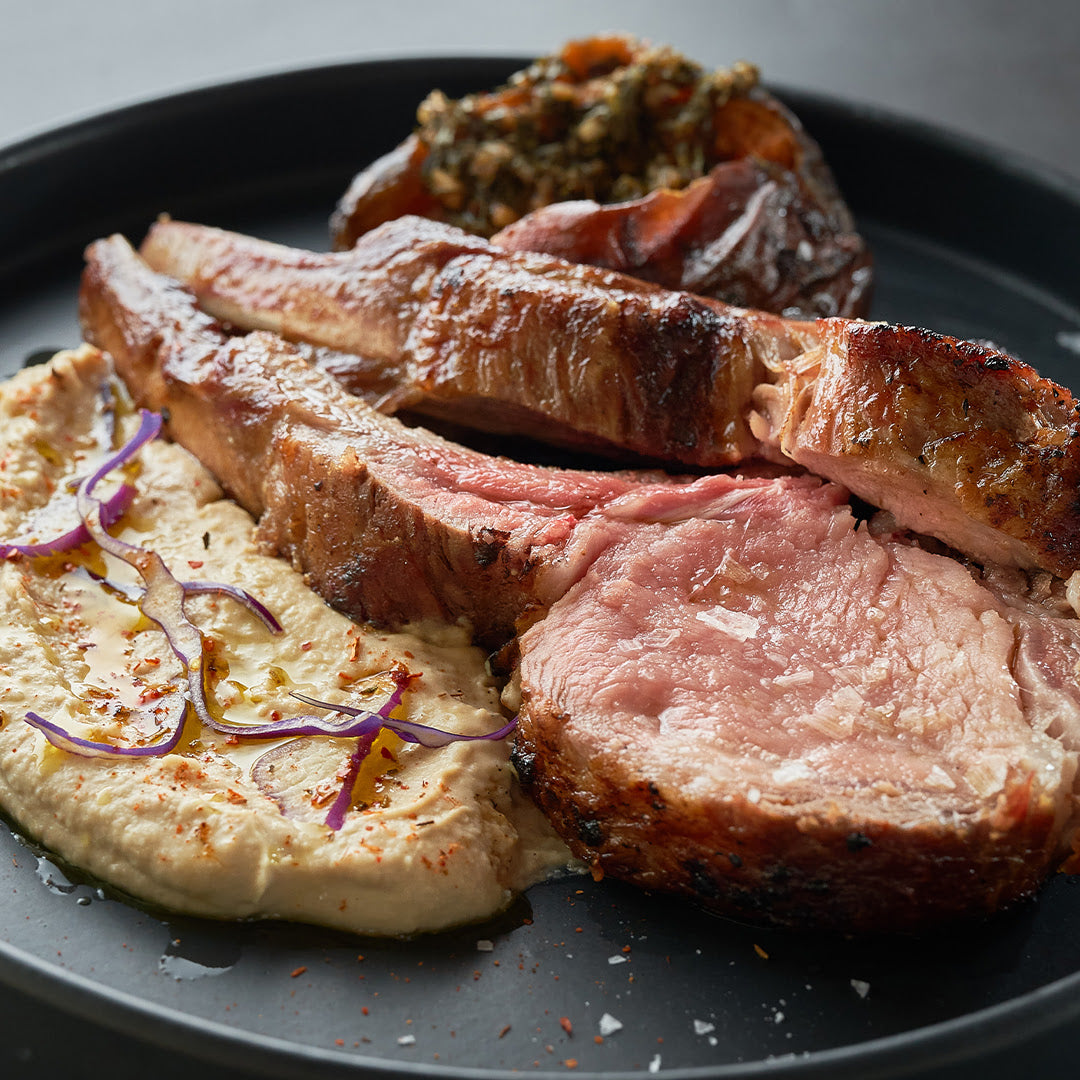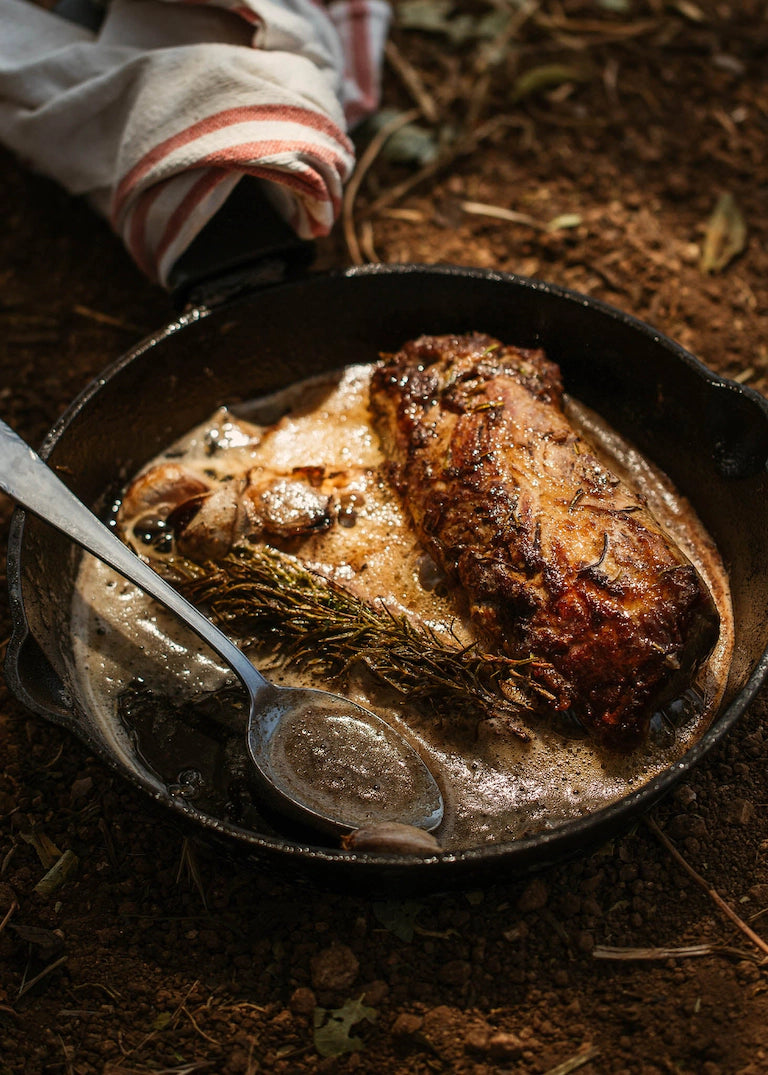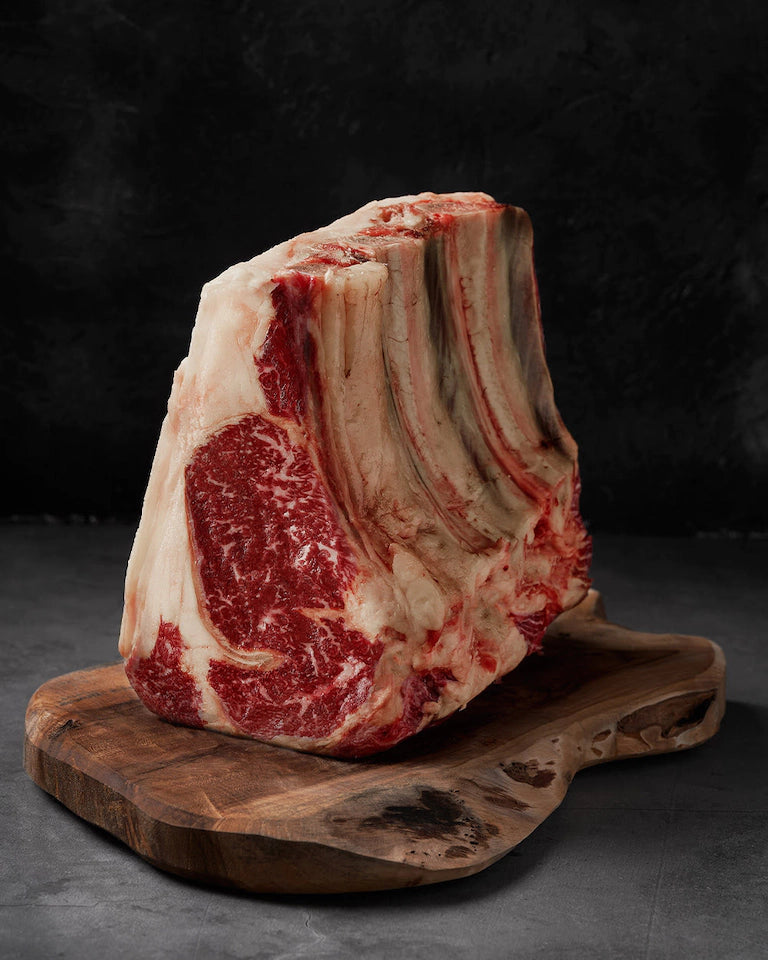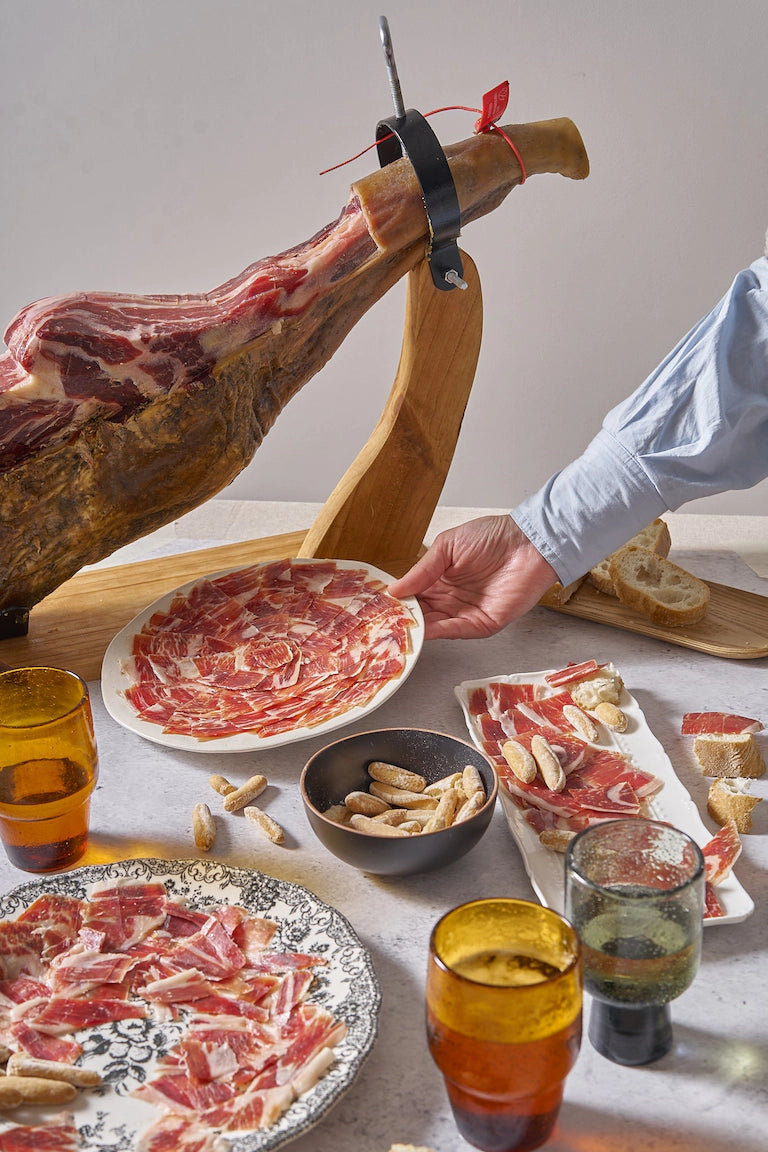
Iberian cured meats are a gastronomic jewel recognized worldwide for their exquisiteness and unmistakable flavor. These products derived from the Iberian pig have a long history and a unique production process that distinguishes them from other sausages and hams.
All these are curious and interesting facts that complement every bite once you know them. So, below, we will explore the fascinating history, the meticulous production, and the characteristics that make Iberian hams so special.
History of the Iberians
The presence of pigs in the Iberian Peninsula dates back to the time of the Celts, who already took advantage of the resources of these animals for their food. However, during the Roman occupation, the potential of Iberian pigs began to be recognized, and more sophisticated techniques were developed for their breeding and gastronomic use.
During the Middle Ages, monks in monasteries played a fundamental role in the breeding and production of Iberian pigs. These monks not only valued the meat of the pigs but also appreciated the importance of the acorn as a foodstuff to obtain an exceptional quality. Thus, the monasteries became centers of knowledge and production of Iberian products.
Over the centuries, different regions of Spain have been recognized for the quality of their Iberian products. For example, in the Sierra de Huelva, purebred Iberian pigs are raised exclusively on acorns, resulting in hams and sausages of the highest quality. In Extremadura, meanwhile, there are some of the most extensive pastures on the Iberian Peninsula, where Iberian pigs enjoy a varied and balanced diet.
Currently, the breeding and production of Iberian pigs are governed by strict regulations that guarantee their quality and authenticity. From the selection of the pigs, through their rearing in freedom and feeding on acorns, to the curing process, everything is carried out with the utmost care to obtain products that meet the most demanding standards.
Therefore, we can say that Iberian hams resulted from a tradition rooted in Spanish culture and passed down from generation to generation. Their value is increasingly appreciated as gastronomic products and symbols of identity and cultural heritage. Lovers of good food and those curious about history delight in the experience of tasting these products, which connect us with the roots and ancestral legacy of the Iberian Peninsula.
Iberian ham production
The production of Iberian pork products involves a careful process that guarantees the quality and excellence of these products. The key lies in the breeding and feeding of the Iberian pig, as well as in its fattening time and the curing of the final products.
Iberian pigs are raised in dehesas, extensive wooded areas where they are free to move and feed naturally. During the "montanera" season, usually between October and March, the pigs feed mainly on acorns, giving the meat its characteristic flavor and aroma.
Once slaughtered, the Iberian products undergo a curing process that can last from several months to several years, depending on the product type. During this time, the hams and sausages are slowly dried and matured in natural drying sheds, allowing the flavors to intensify and the textures to become soft and juicy.
Characteristics of the Iberian ham
Iberian hams are distinguished by characteristics that make them unique and appreciated in gastronomy. Some of these characteristics include:
- Flavor and aroma: Iberian hams have an intense and complex flavor, with sweet and salty nuances that combine harmoniously. Its aroma is rich and enveloping, evoking smoked and dried fruit notes.
- Texture: Iberian hams have a smooth buttery consistency that melts in the mouth with each bite. The fat infiltrated in the meat gives it a unique juiciness and tenderness.
- Fat streaks: One of the most recognizable characteristics of Iberian hams is the fat streaks that intertwine in the meat. These streaks bring flavor and juiciness to the final product, creating an unparalleled sensory experience.
- Curing: The curing time of Iberian hams is fundamental to their development and quality. Slow maturation allows the flavors to intensify and the maximum expression of the product to be achieved.
Enjoying Iberian cured meats is to immerse yourself in a unique culinary experience where you can appreciate the dedication and care with which these exquisite products are produced. Whether tasting an acorn-fed Iberian ham or savoring a high-quality Iberian sausage, Iberian cured meats delight the senses and connect us with the rich tradition and cultural legacy of Spanish gastronomy.
In conclusion, Iberian cured meats are much more than sausages and hams. They are a living testimony of a millenary history, a sample of artisan mastery, and a pleasure for the most demanding palates. Discover the world of Iberian hams and seduce yourself with their flavor, aroma, and unique texture!
